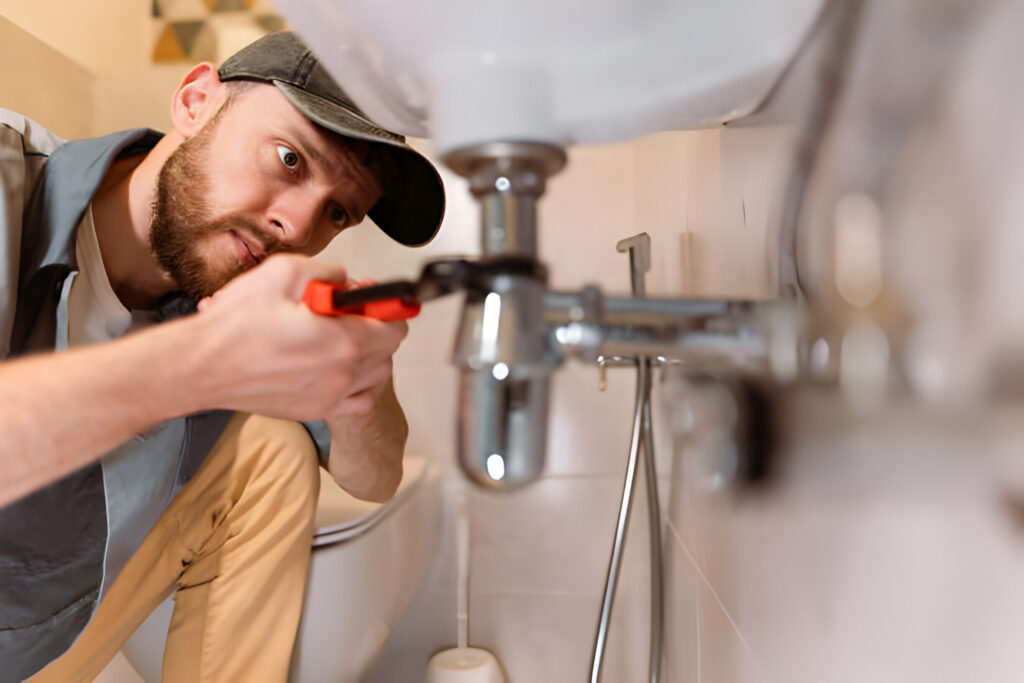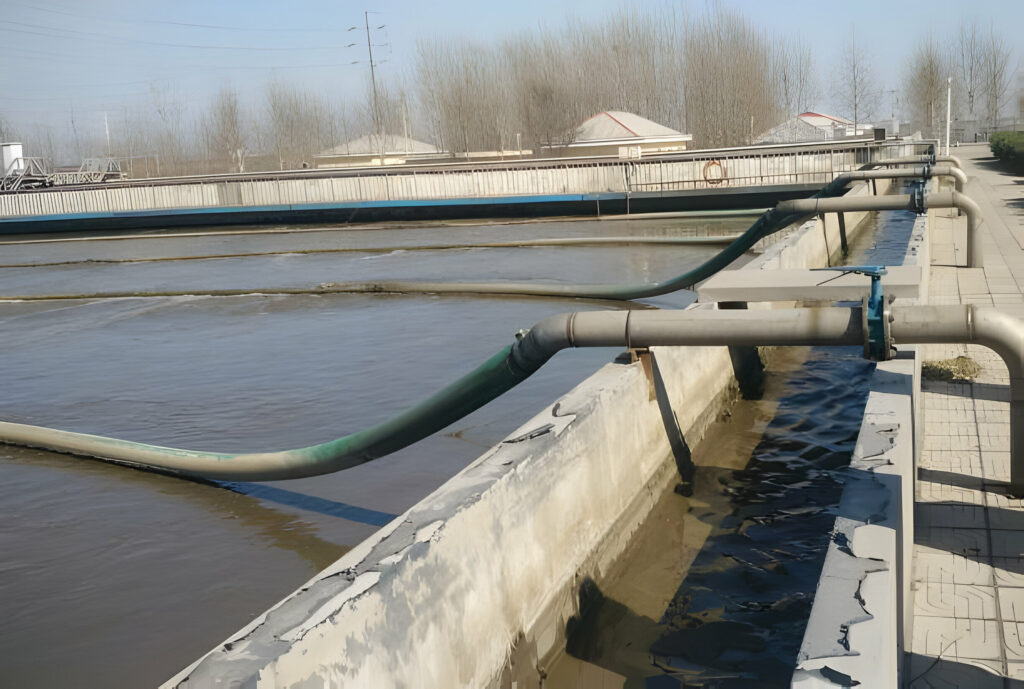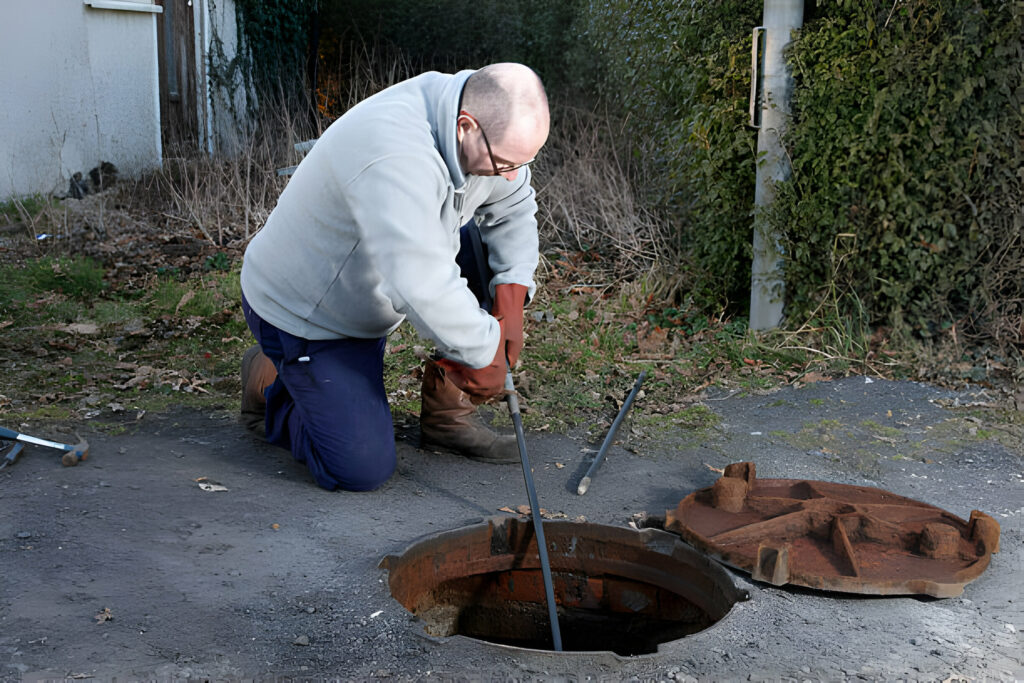
Does your lawn feature patches of spongy, foul-smelling mud? Do sinks and tubs drain slowly as gurgling sounds emanate from outside? It may be time to pay more attention to your underground septic system. Catching subtle problems early provides the best odds of solving issues economically compared to waiting until complete failures require expensive full-scale replacement.
Monitor your wastewater treatment equipment for these five common indications that your septic system is failing and intervention is needed to prevent catastrophic meltdowns:
1 – Sewage Surfacing
The most obvious red flag is direct observation of raw or partially treated sewage effluent pooling on ground surfaces, often near septic piping runs or the soil absorption field. If you actually see human waste, toilet paper or other unprocessed material above ground, immediate action is imperative.
Causes include blockages within the pressurized drainage network, soil composition inhibiting percolation, excess hydraulic flows overwhelming the leach field or structural damages to one or more system components.
Professionals should assess if immediate repairs can resolve specific bottlenecks allowing natural drainage to resume or if enough irreversible issues exist to warrant full equipment replacement. Recurring surface failures that can’t be rectified eventually necessitate comprehensive upgrades.
2 – Plumbing Backups

Over time, interior drainline clogs trigger gurgling sounds, backed up fixtures and slow-flowing water. Kitchen sinks, bathtubs and toilets fail to appropriately empty. Standing water lingers longer than usual and creates unpleasant sewer odors inside the home.
Drain openers provide only temporary relief from greasy clogs or virtue pipe intrusions. Chronic backups almost always indicate drainage pipes require rodding or invasive tree roots compromising subsurface conduits need removing. However, if vent stacks are obstructed instead, seals drying out could fix trickling issues until pumping scheduling. Consider video camera inspections to identify specific sites needing repairs.
3 – Lush Vegetative Growth
Lush green patches mysteriously sprouting in your lawn—especially right above the buried tank or leach field—seem innocuous initially. However, excessive nutrient-rich fluids likely stimulate this vibrant plant growth.
As joints on older steel tanks corrode or warning signs get ignored too long, nutrient-rich effluent eventually escapes its designated treatment pathways and seeps toward surface vegetation. Careful excavation is needed to pinpoint leakage sites and evaluate integrity of containment infrastructure. Again, comprehensive renovations provide the only permanent solution if repairs cannot remedy weeping substrates.
4 – Pungent Sewage Odors

Failing systems routinely emit noxious sewer gases like hydrogen sulfide from overwhelmed tanks, cracked pipes or choked leach lines. Escape pathways allow uncontrolled airflow that carries disgusting rotten egg stenches long distances.
Specialized cameras and remote leak detectors precisely identify defects responsible for releasing excess methane and other odiferous compounds into neighborhoods. With defects identified, contractors can determine if quick pipe fixes, equipment seals or improved vent stacks address odors or if deeper issues exist.
5 – Annual Inspection Woes
Routinely scheduled third-party system examinations by licensed inspectors provide impartial insight into operational efficiency from a trained professional’s perspective. Reports detail any compromised components needing priority attention.
Expect minor recommendations annually, but if inspectors repeatedly cite serious structural defects, drainage abnormalities or hazardous contaminant levels, consider major corrective actions before facing debilitating failures and threats to environmental health. Record details each year to watch for trends signaling emerging issues.
By no means should surface backups, foul odors or alarming inspection reports be ignored based on a hope problems might correct themselves or disappear. Wastewater requires dedicated equipment purposefully engineered to handle its volume safely. Seek professional guidance from reputable contractors like Wetlands Pacific if experiencing any persistent indicator of septic system trouble. We efficiently resolve plumbing defects, clogs, component malfunctions and restore leach networks to meet family needs while protecting waterways from contamination.
Be Septic Smart

Stay alert to signs of septic system weakness. Take notice if Anything seems out of the ordinary, from gurgling drains to lush grass over tanks. Especially pay attention if pooling effluent, backed up sinks or putrid odors make regular appearances around your property.
Through attentive monitoring and consistent maintenance pumping every two to three years, you can often prolong the operational life of conventional systems by decades. Taking a proactive stance gives you the best odds for identifying and addressing minor problems before they cascade into five-figure replacements.
We hope these tips help safeguard your system against preventable failures! Wetlands Pacific knows firsthand the high costs households face when neglected septic systems utterly crash without warning after years of overlooked symptoms. Don’t join the ranks of desperate customers needing full-scale equipment swaps that could have been avoided. Take action at the first sign of trouble to protect your property’s critical wastewater infrastructure and the fragile receiving waters downstream.